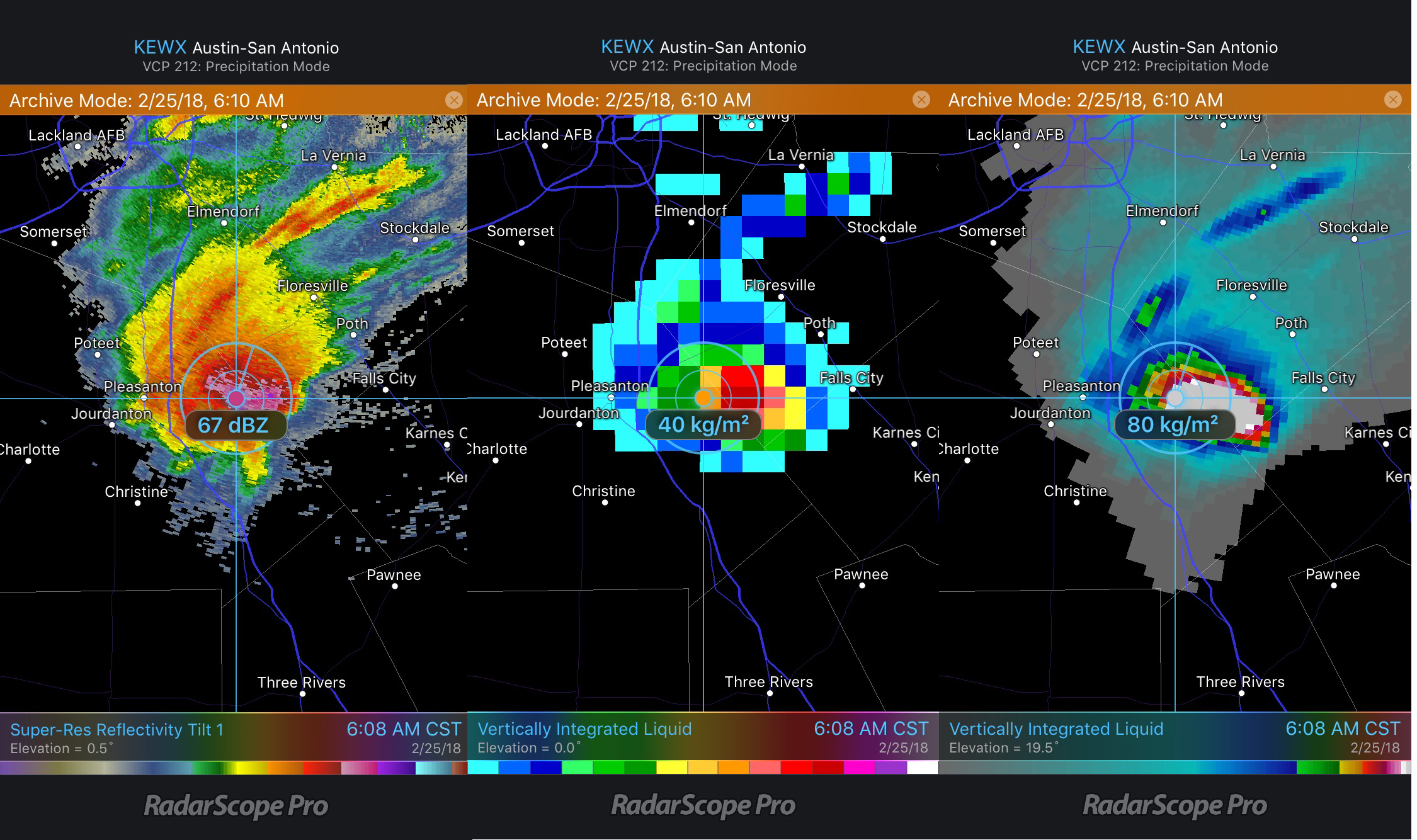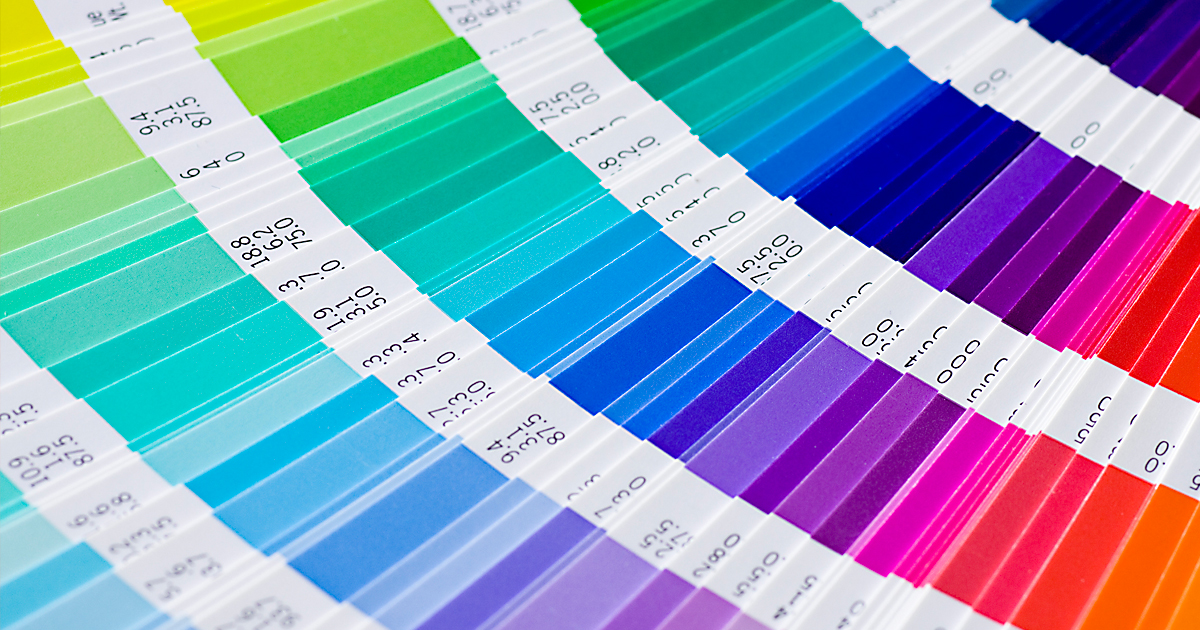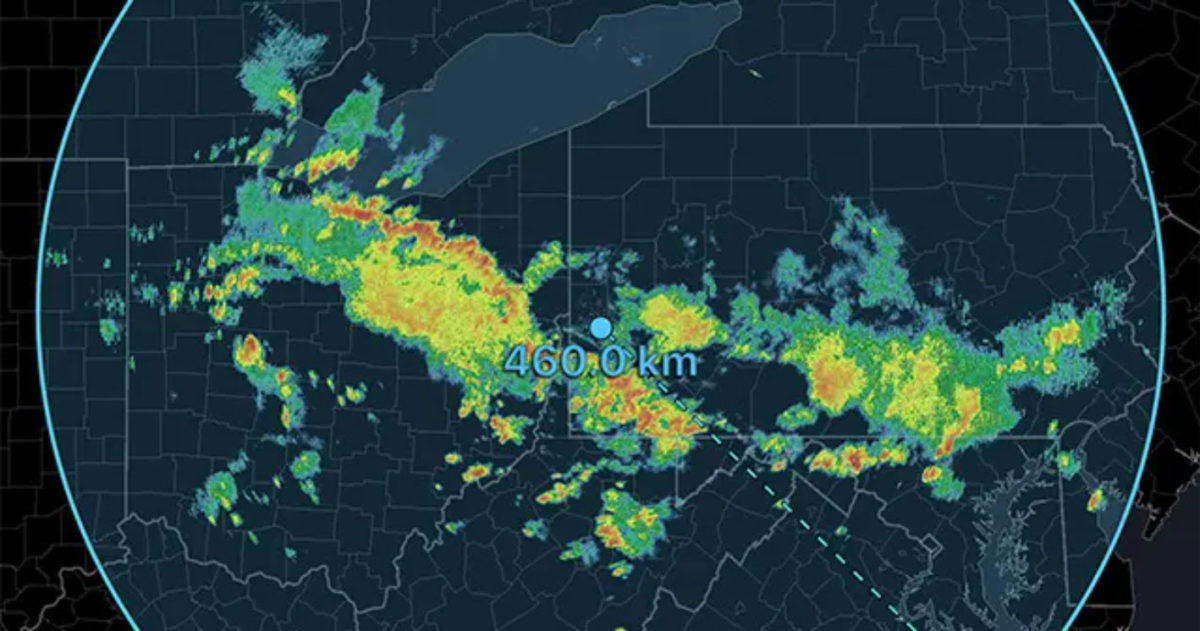Digital Vertically Integrated Liquid (DVIL) was developed to address some of the limitations of the original Vertically Integrated Liquid (VIL) product. This digital product may be newer, but it is not intended to be a replacement for the VIL product.
There are several differences between VIL and DVIL, but the same basic equations that are used. VIL was initially designed as a measure of liquid water content. High values of VIL can be an indicator of an updraft’s strength; taller updrafts tend to have higher values of VIL and are more likely to produce hail. Only the reflectivity values between 18 and 56 dBZ are used to help reduce the effects of hail on VIL. Any reflectivity values greater than 56 dBZ will be reduced to that value. However, all reflectivity values are used in the calculation of DVIL which can range from 0 to 80 kilograms per square meter. So, while the VIL product uses a specific range of reflectivity values, the DVIL product uses all reflectivity values.
One of the primary differences between these two products is the coordinate system used. The coordinate system for the VIL product is rectangular, whereas DVIL’s is polar (circular). Note that DVIL can be underestimated for storms that either move quickly or are highly tilted. Below is a comparison of the VIL and DVIL products with a storm southeast of San Antonio, Texas on February 25, 2018. The reflectivity image is provided on the left to give some context.
 Comparison of VIL and DVIL
Comparison of VIL and DVIL
In the above image, you may notice that the elevations between the VIL image (second graphic) and DVIL image (third graphic). The reason for this is that DVIL uses all scans and the highest elevation angle that is scanned by a radar is 19.5°. In the VIL image, values are calculated with reflectivities in a particular range and are not necessarily dependent on a specific tilt.
There are significant differences in the values of VIL and DVIL in the above example. These differences are likely due to only a specific range of reflectivity values used in the VIL calculation, as opposed to all reflectivity values used in DVIL. While both products have some of the same limitations, DVIL can provide a more realistic output.
{{cta(‘7adc9887-5a2e-4a2c-90de-3d3a733f8912′,’justifycenter’)}}








